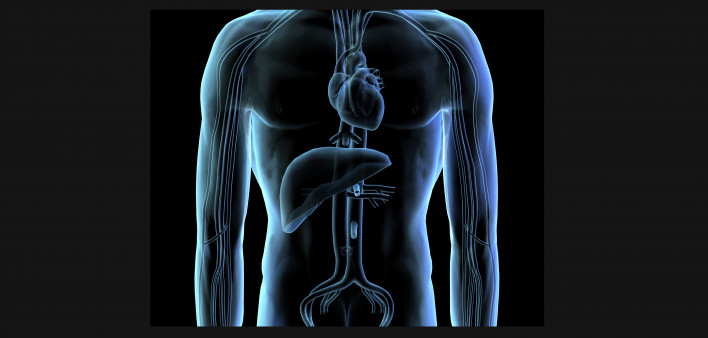About half of healthy people living with HIV have concerning levels of plaque and inflammation in their blood vessels despite having a low to moderate risk of atherosclerotic heart disease when considering traditional measures, according to a study published in JAMA Network Open.
The full results from the landmark REPRIEVE (Randomized Trial to Prevent Vascular Events in HIV) trial are still two years away, but already, the first randomized, controlled trial of heart health and statins in HIV-positive people has yielded insights around aging with HIV. But these new substudy data, from a mechanistic sub-study of the larger 7,700-participant trial, reflect the coronary health of people living with HIV at the start of the study.
The sub-study analysis includes information on 755 participants from 31 different U.S. clinical trial sites. The median age was 51 years, 16% were women and 2% were transgender. About a third (35%) were Black, and 24% were Latino. All had an undetectable viral load at entry to the trial, and two thirds had a CD4 count of about 500. More than half were current or former smokers, and about half reported substance use, mostly in the past.
All participants had a low to medium risk for atherosclerotic cardiovascular disease (ASCVD)—that is, abnormalities in the arteries that can lead to heart attack and stroke—based on the traditional ASCVD risk scale created in 2013 by the American College of Cardiology and the American Heart Association. Historically, non-HIV-specific scales have failed to detect the true risk for cardiovascular disease among people living with HIV, and studies have shown that HIV-positive people develop heart disease at younger ages compared with the general population.
The participants received a test of cardiovascular function called coronary computed tomography angiography (CTA) and had blood drawn to look for inflammatory markers, insulin levels and other biomarkers. The CTA reveals the amount of plaque in the arteries—that is, the buildup of fats, cholesterol and other substances that harden the arteries and impede the flow of blood to the heart and around the body.
Nearly half (49%) had some amount of plaque buildup in their arteries, though very few (7%) had enough to obstruct blood flow. But nearly a quarter had so-called vulnerable plaques, which are more prone to rupture and cause heart attacks. Just 2% of participants met criteria for advanced coronary artery disease. Using levels of low-density lipoprotein—that is, “bad” cholesterol—researchers used a pooled risk calculator to determine participants’ ASCVD risk score. Any score over 4.9% is considered “moderate” risk and any score over 7.5% is considered high risk. Overall, participants had moderate risk, with a ASCVD score of 5%, higher than what researchers suspected. And one in five had high risk, with a score of 8% or higher. Only three participants had diabetes at baseline. Perhaps not surprisingly, those with high ASCVD risk via LDL measurement were also more likely to have any plaque
How much of this was related to HIV is unclear. Participants with plaque were generally older than the overall population, were more likely to be white and male, had a family history of heart disease and past experience of high blood pressure, elevated blood sugar and LDL cholesterol levels and were more likely to smoke. When the researchers looked at HIV parameters in adjusted analyses, these weren’t significantly associated with ASCVD risk. But the prevalence of vulnerable plaque was higher than the 15% to 23% rate seen in HIV-negative people in past studies.
Interestingly, nadir (lowest-ever) CD4 count and length of time on HIV treatment weren’t associated with higher prevalence of plaque. Neither was current use of tenofovir disoproxil fumarate (Viread, also a component of Truvada and several single-tablet regimens). However, previous use of abacavir (Ziagen) and the thymidine analogues AZT (Retrovir) and d4T (Zerit) were associated with higher plaque levels. Because REPRIEVE is not designed to study heart disease risk by HIV drug type, these results are preliminary.
Coronary plaque was also associated with higher markers for inflammation, like a 71% increased risk for high interleukin (IL)-6. Indeed, the presence of IL-6 was consistently associated with plaque and coronary artery disease.
“Data from REPRIEVE connect inflammation and immune activation to coronary artery disease in a large study of people with HIV under good virologic control and with low traditional risk,” wrote Udo Hoffmann, MD, of Massachusetts General Hospital, and colleagues. “This study found a substantial prevalence of [coronary artery disease] even in young people with HIV with low traditional ASCVD risk.”
Click here to read the full study.
Click here for more news about heart disease and HIV and aging with HIV.







Comments
Comments